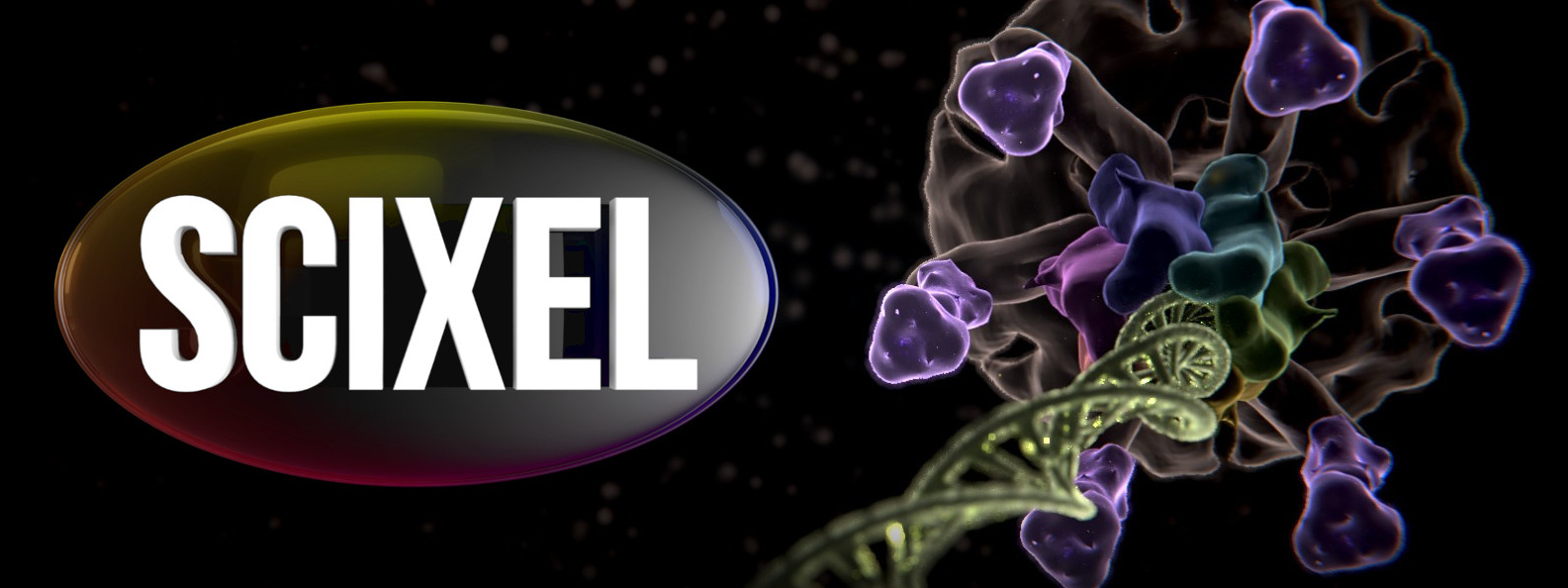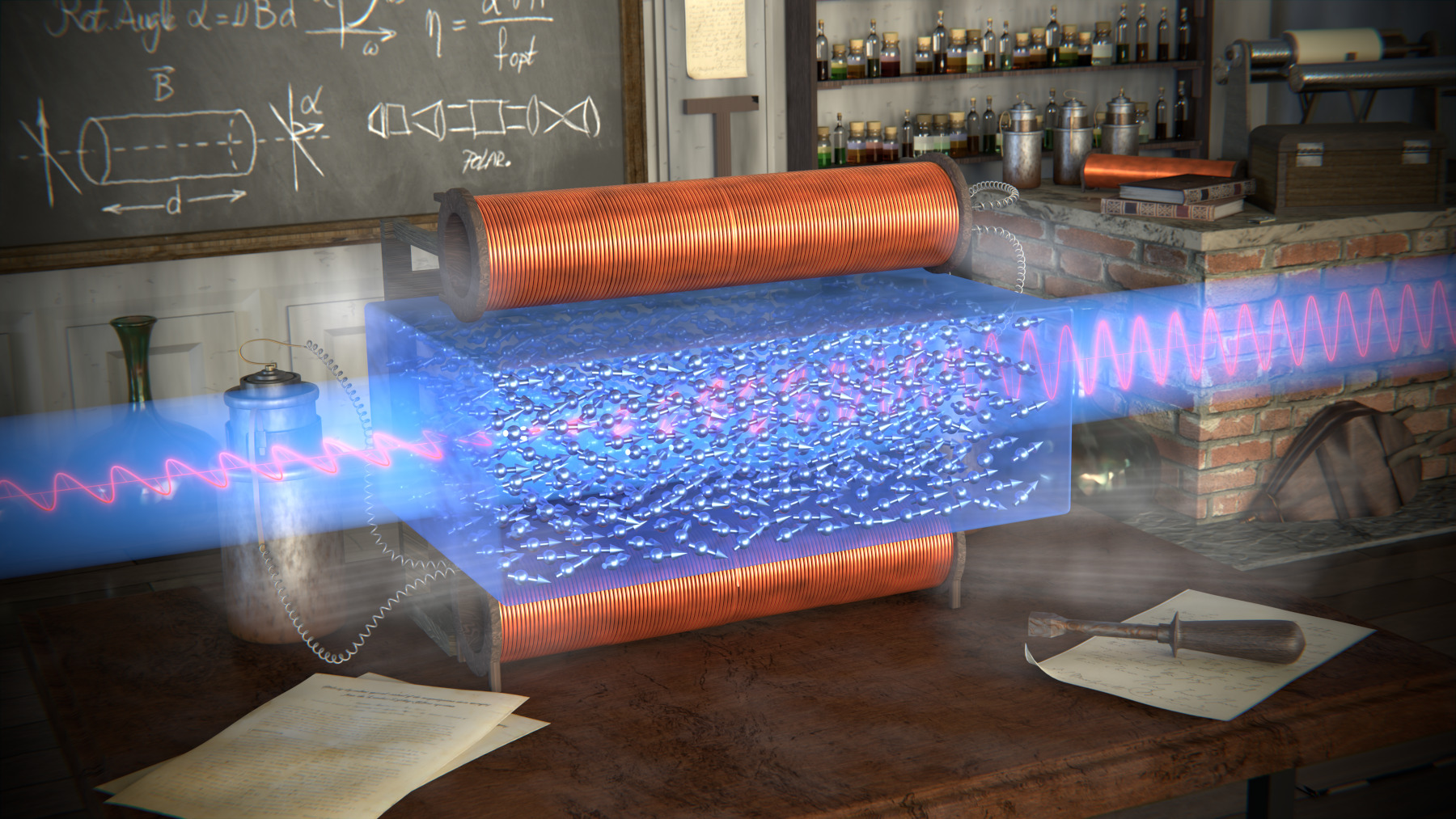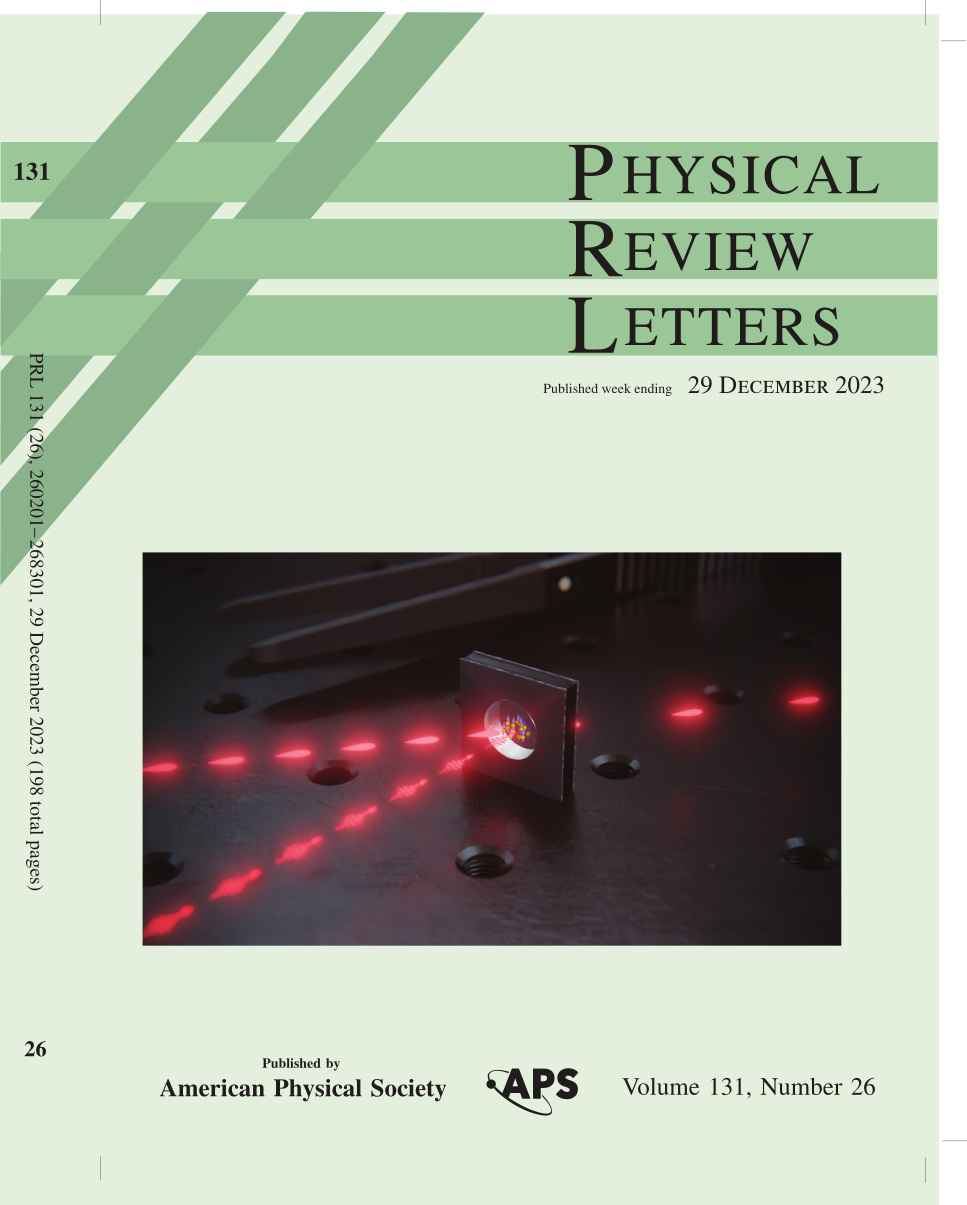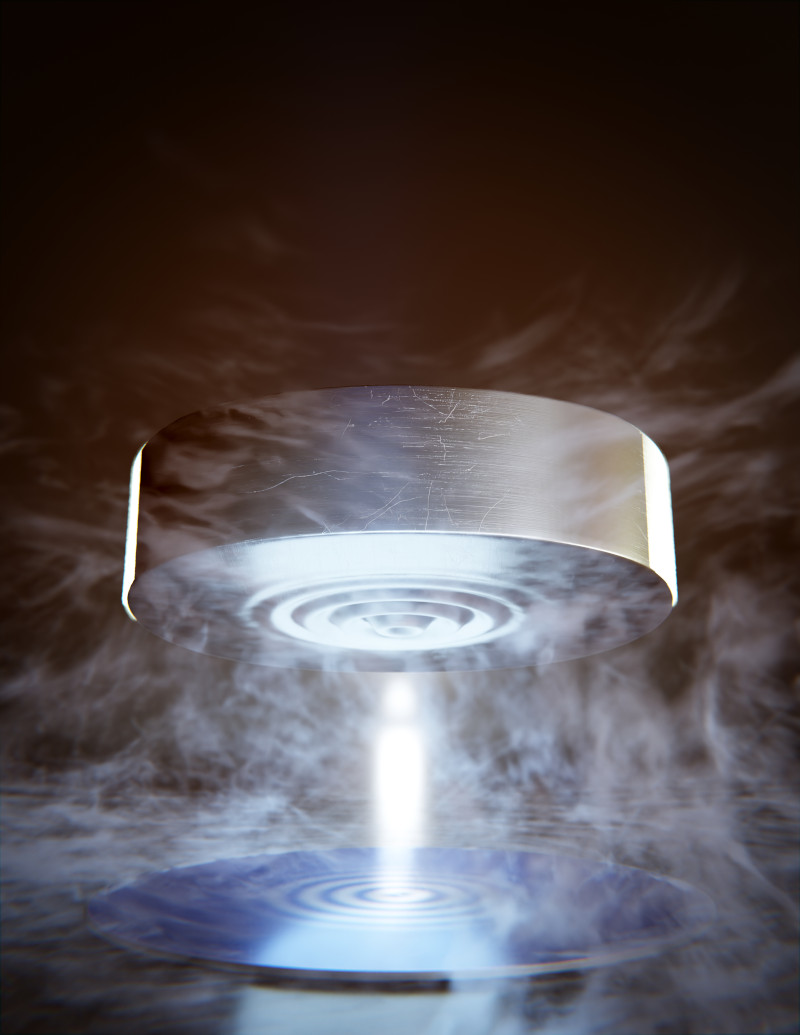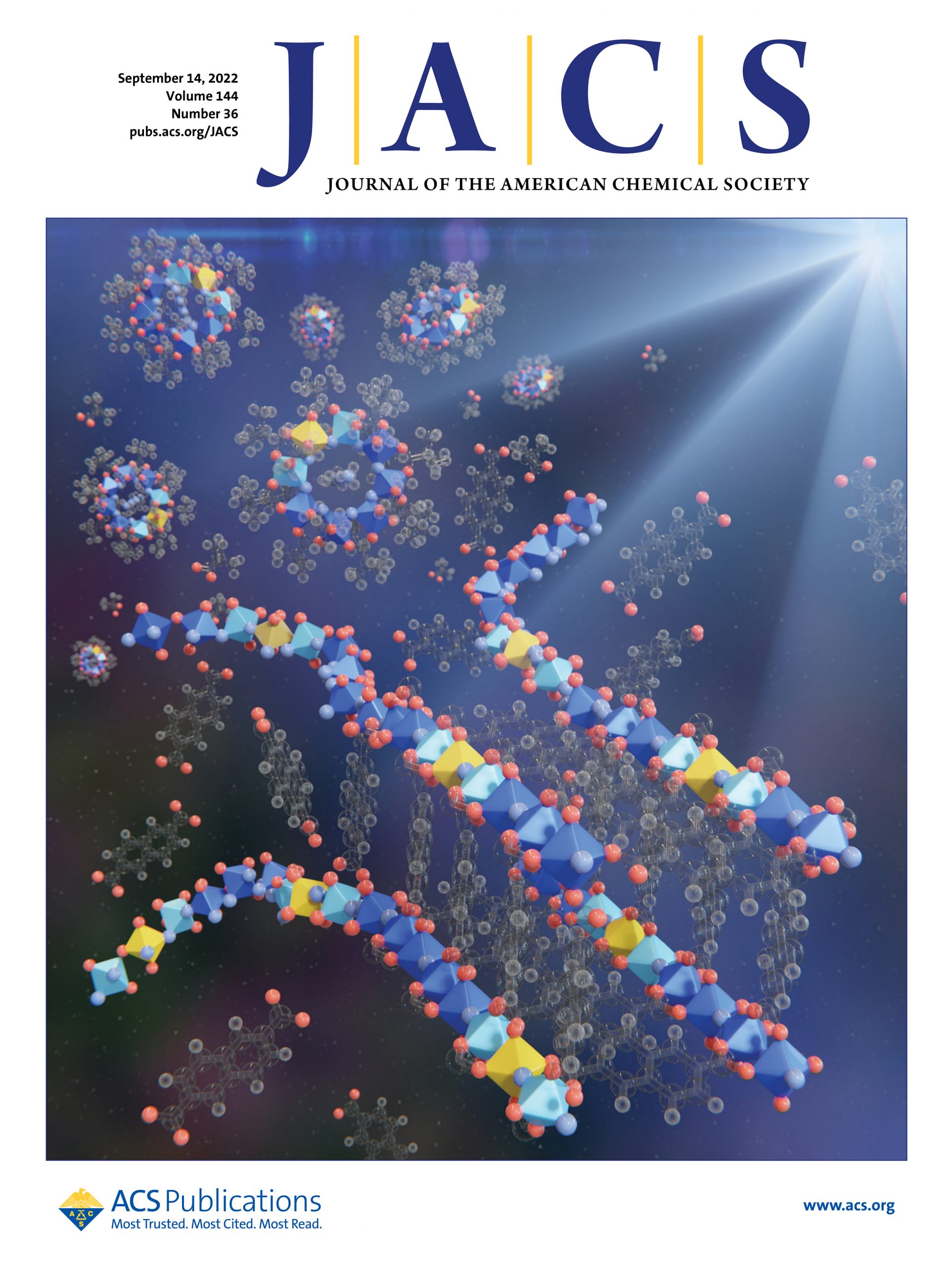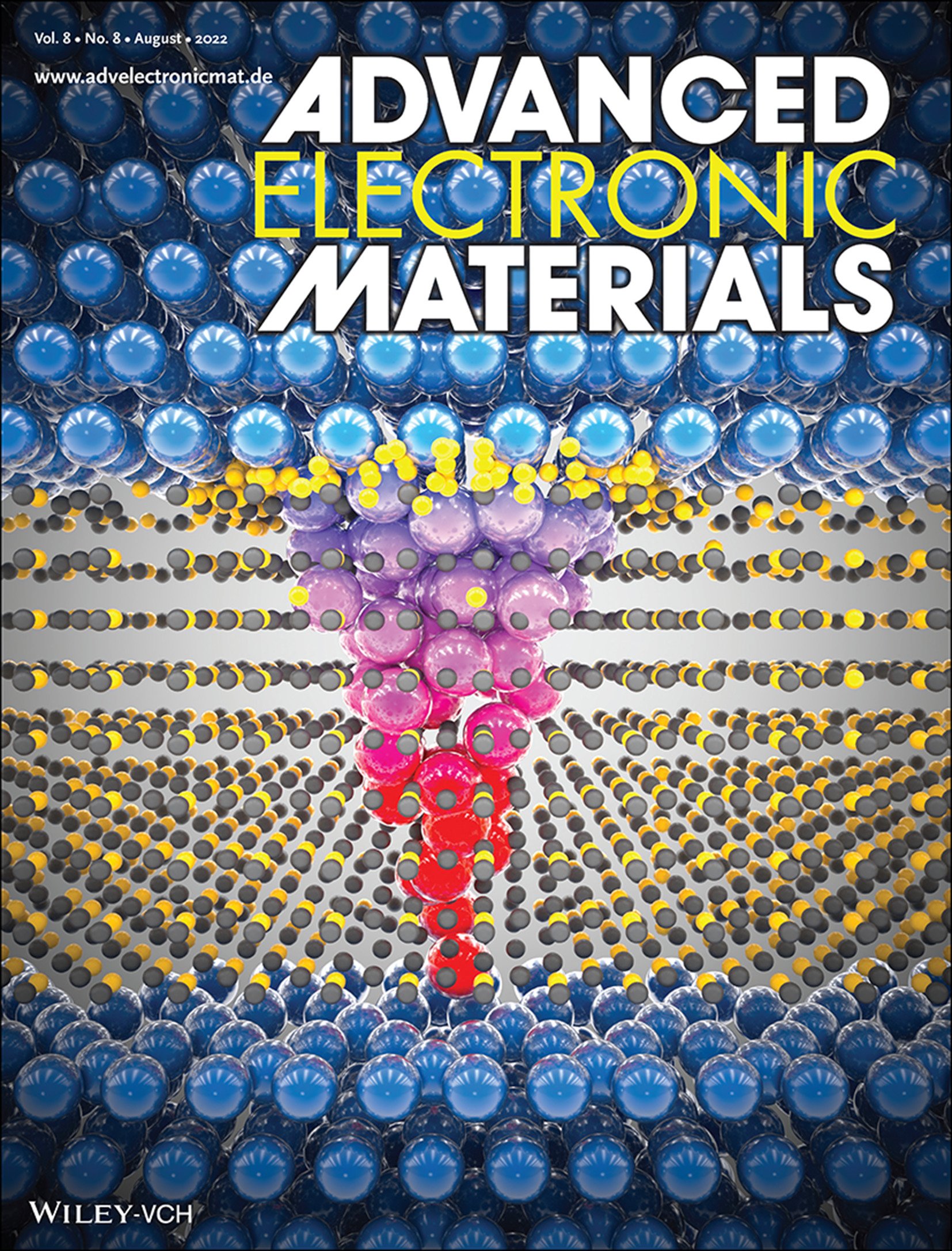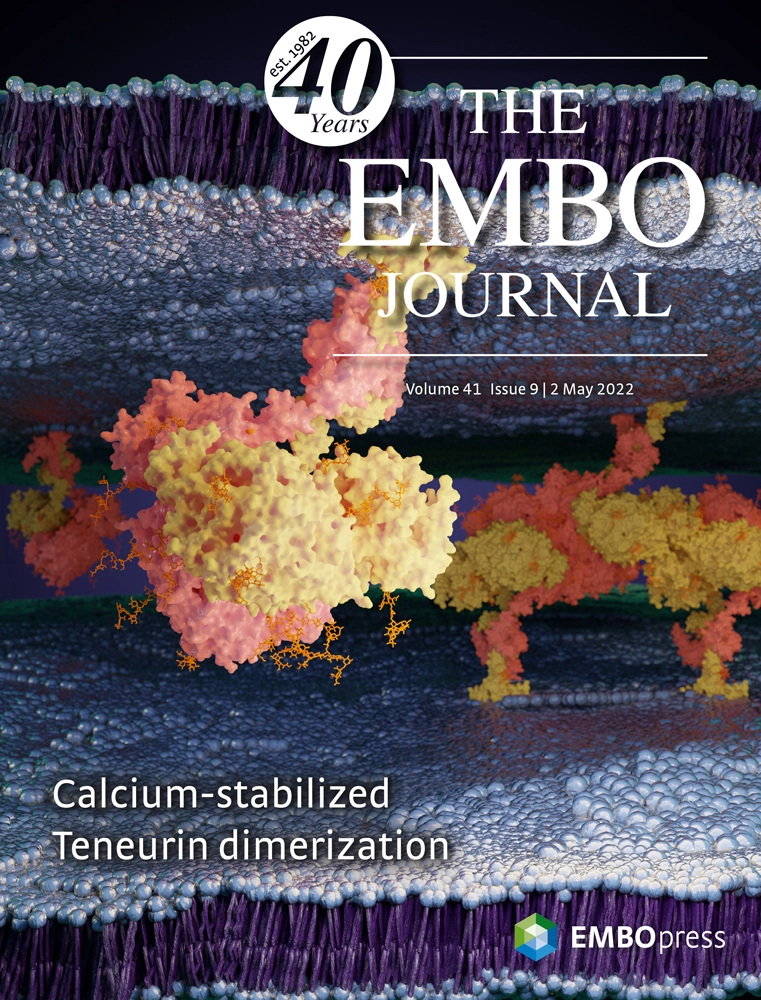In science, no matter how accepted a truth is, new ideas can always emerge that change our views. That’s one of the beauties of science.
And that is exactly what happened recently with this new study from the Hebrew University of Jerusalem. Well stated principles as those from Faraday, have been put to the test, showing that the magnetic component of light plays an important role in its interaction with matter.
Prof. Amir Capua and Benjamin Assouline helped us closely in the making of this picture that illustrates this recent discovery.
